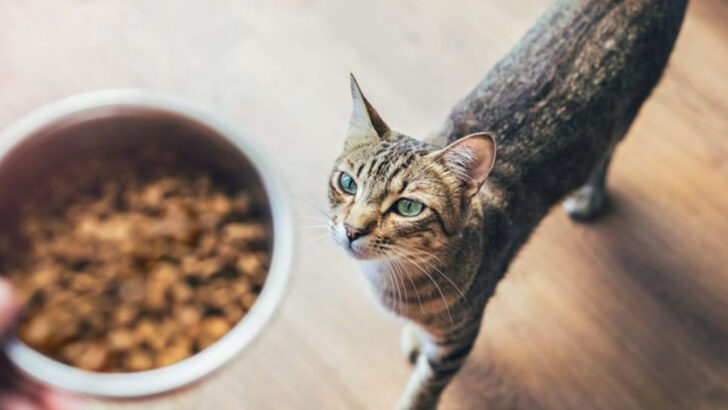It’s crunchy, it’s convenient—and it might not be as purrfect as it seems.
Dry cat food has become a pantry staple for pet owners everywhere. It’s tidy, lasts forever, and your cat probably devours it like it’s made of dreams and chicken dust. But is it actually the best choice?
Some cats thrive on kibble. Others? Not so much. From hydration issues to sneaky ingredients, there’s more hiding in that bowl than you might think.
Before you scoop the next serving, let’s break down the real perks—and potential pitfalls—of dry cat food. Your feline overlord deserves nothing less.
Convenience

Ever rushed out the door, knowing your cat still needs to be fed? Dry cat food offers unparalleled convenience for busy pet owners. It can be left out all day without spoiling, allowing cats to graze at their leisure. This makes it a practical choice for those with unpredictable schedules.
Dry food is also easy to measure and store, reducing meal preparation time. Plus, its long shelf life means fewer trips to the pet store, giving you more time to focus on bonding with your feline friend.
Cost-Effectiveness
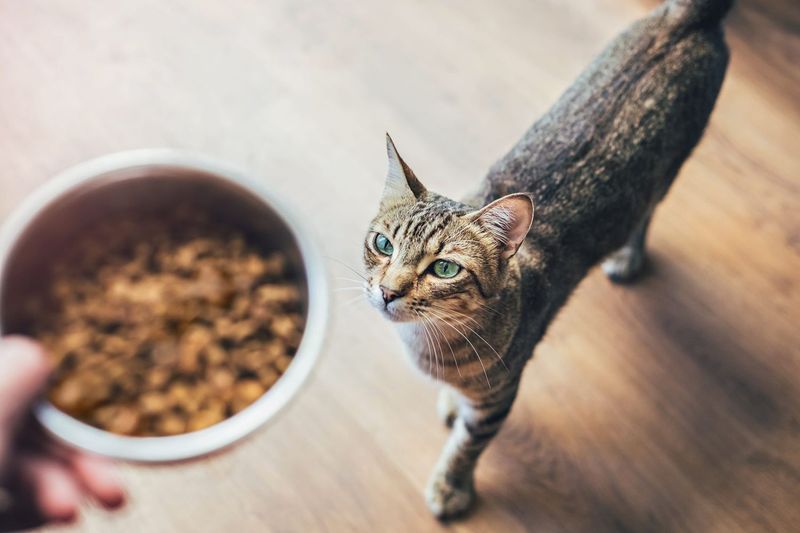
On a tight budget? Dry cat food is often more affordable compared to wet food options. Its cost-effectiveness comes not only from the lower price per meal but also from its longevity.
Because it can be bought in bulk without fear of spoiling, this helps in managing household expenses effectively. For multi-cat households, switching to dry food could mean significant savings over time. Economical yet nutritious choices can keep your feline healthy without straining your wallet.
Dental Health Benefits
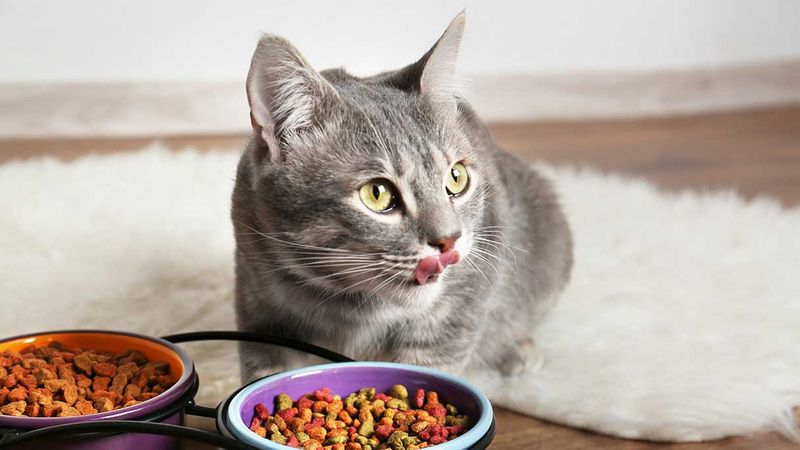
Keeping your cat’s teeth clean can be a challenge. Dry cat food provides a simple solution by promoting dental health through natural chewing. The crunchy texture helps reduce plaque and tartar buildup, acting as a passive cleaning agent.
Regularly feeding your cat dry food can complement routine dental care, potentially saving on vet bills in the long run. While not a substitute for professional cleaning, it provides a consistent oral hygiene boost.
Variety of Flavors and Brands
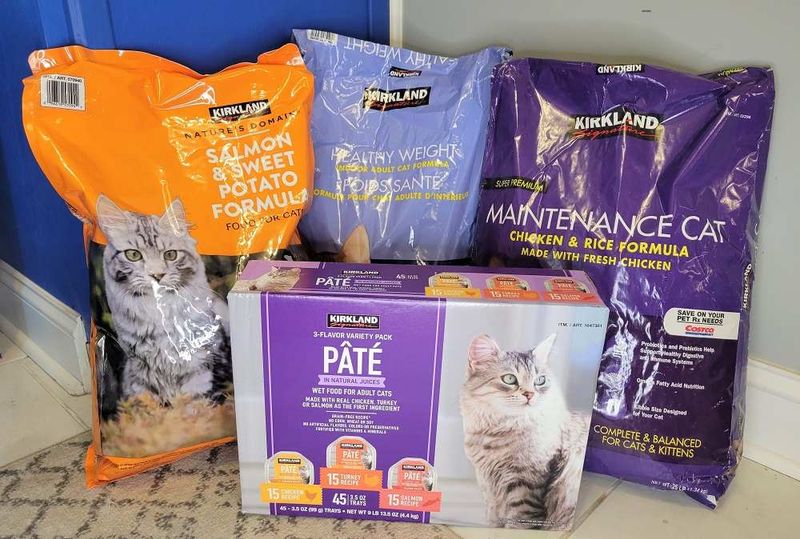
Fancy your feline having options? Dry cat food offers an impressive variety of flavors and brands to suit even the pickiest eaters. From fish to poultry, and beef, the choices are endless.
This diversity allows you to cater to your cat’s unique preferences and dietary needs. It can also help prevent your pet from becoming bored with their meals. With so many options, finding the right match for your feline’s palate is easier than ever.
Long Shelf Life

Worried about food going bad? Dry cat food boasts a long shelf life, making it an excellent option for stocking up without fear of spoilage. This means fewer trips to the store and peace of mind knowing you always have a meal ready for your pet.
It’s especially beneficial for those living in remote areas or during times when frequent shopping isn’t possible. With proper storage, dry food remains fresh and nutritious for months, ensuring your cat always has quality food available.
Lower Moisture Content
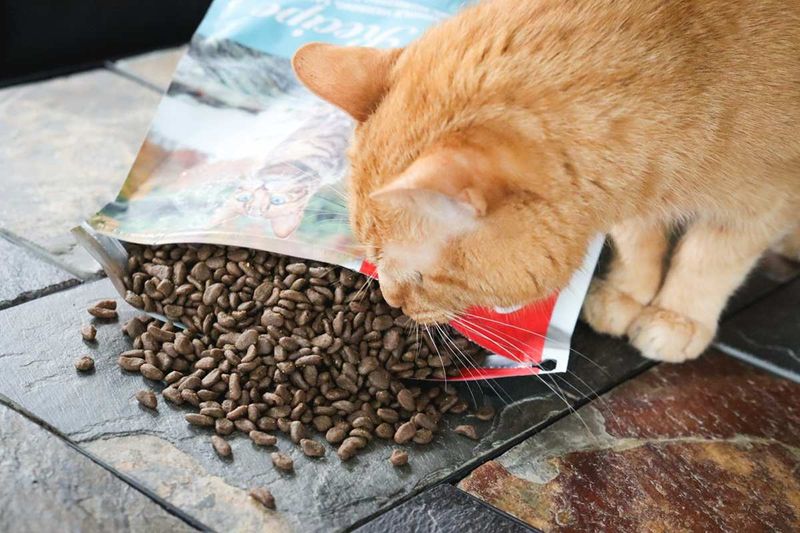
Concerned about hydration? One downside of dry cat food is its lower moisture content. Cats naturally obtain water from their food, and dry kibble may not provide enough.
This can lead to dehydration or urinary issues, especially in cats that don’t drink ample water. Pet owners need to ensure their cats have constant access to fresh water to counterbalance the dryness of the food.
Potential Weight Gain
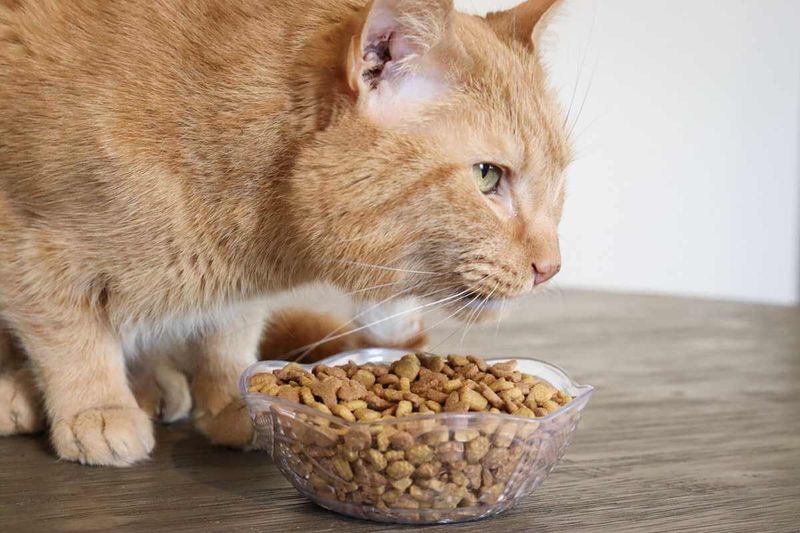
Worried about your cat’s weight? The calorie-dense nature of dry cat food can contribute to weight gain if not monitored carefully. Free feeding, or leaving food out all day, may lead to overeating.
Portion control is crucial to prevent obesity, which can lead to other health issues such as diabetes or joint problems. Balancing dry food with regular play and exercise can help maintain a healthy weight.
Artificial Additives

Concerned about what’s in your cat’s food? Some dry cat foods contain artificial additives, which may not be ideal for your pet’s health. These can include preservatives, flavors, or colors that provide no nutritional benefit.
Reading labels carefully can help you identify and avoid these unnecessary ingredients. Opting for brands that prioritize natural ingredients ensures a healthier diet for your feline friend.
Risk of Allergies
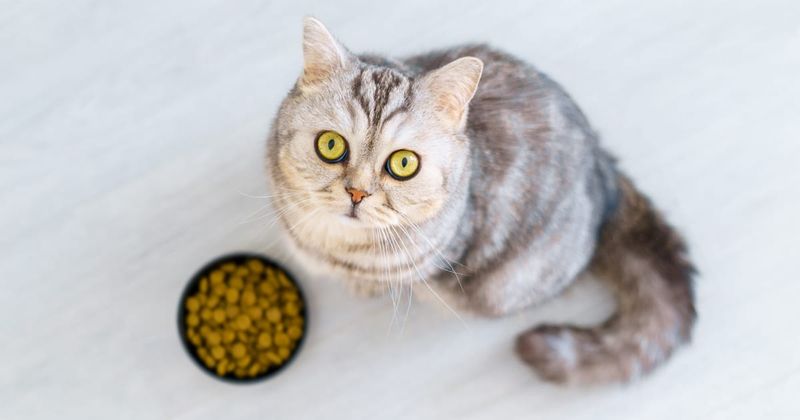
Allergies are a concern for many pet owners. Dry cat food can sometimes trigger allergic reactions in sensitive cats. Ingredients like grains, certain proteins, or artificial additives can be culprits.
Identifying allergies may require trial and error, switching between different brands or formulas. Consulting a veterinarian can provide insights and guidance in selecting hypoallergenic options, ensuring your pet’s comfort and health.
Limited Protein Content
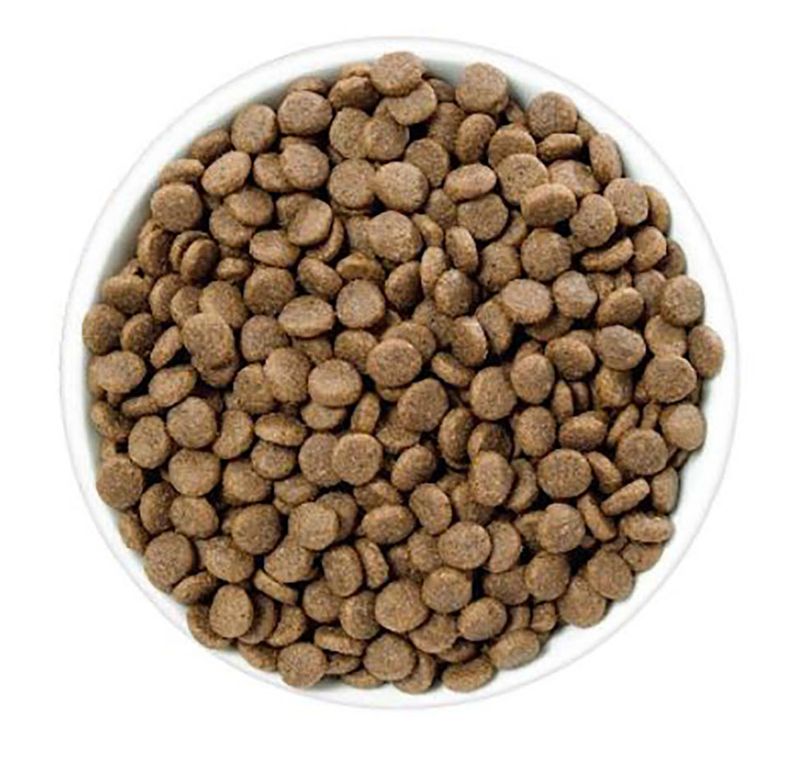
Protein is vital for cats, and some dry foods may fall short. Cats, being obligate carnivores, require high protein content for optimal health.
Some dry cat foods, however, may not provide sufficient amounts, especially those with fillers. Carefully examining product labels can help ensure your cat receives the necessary nutrients. Opt for brands that highlight high-quality protein sources to maintain their well-being.

